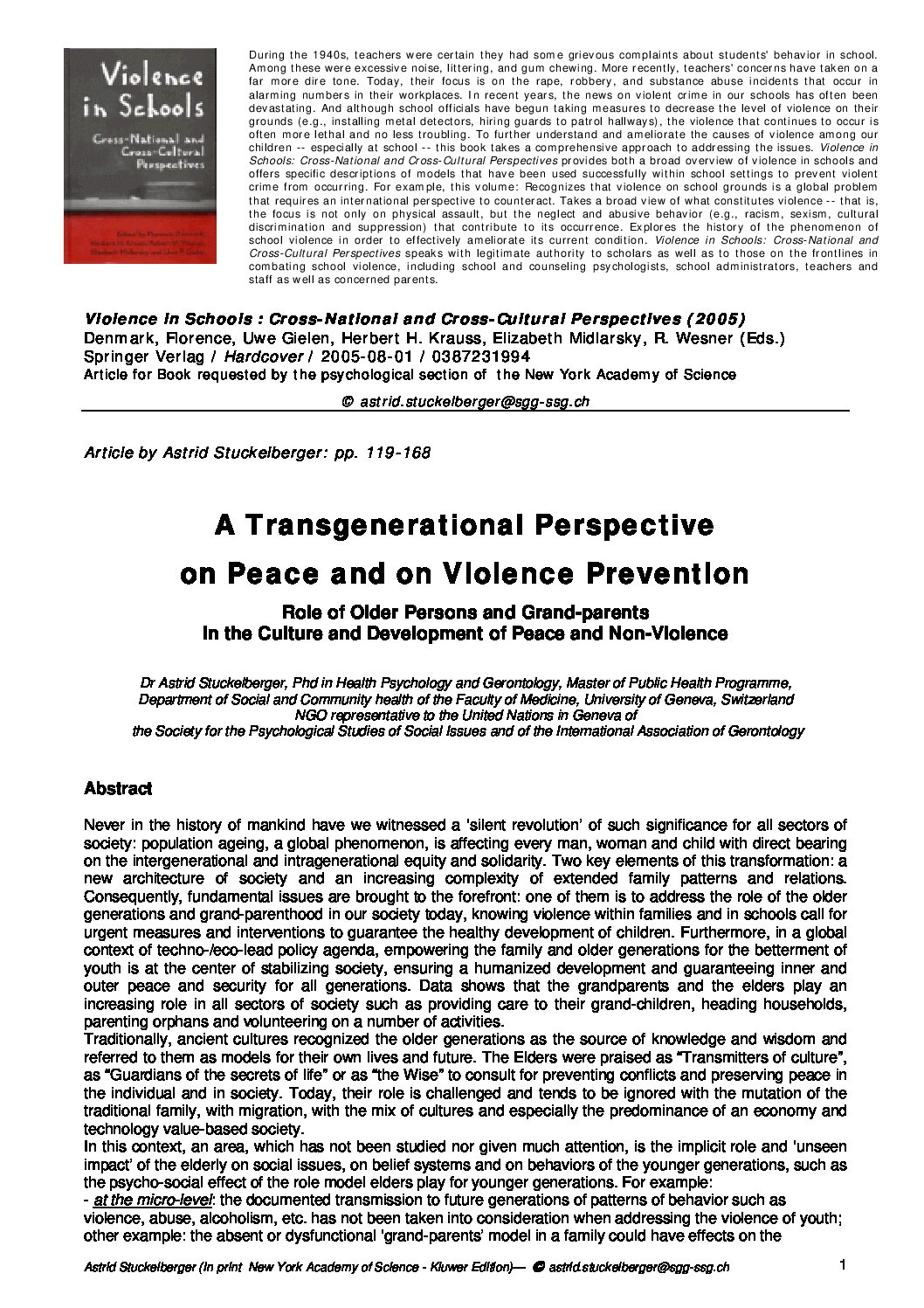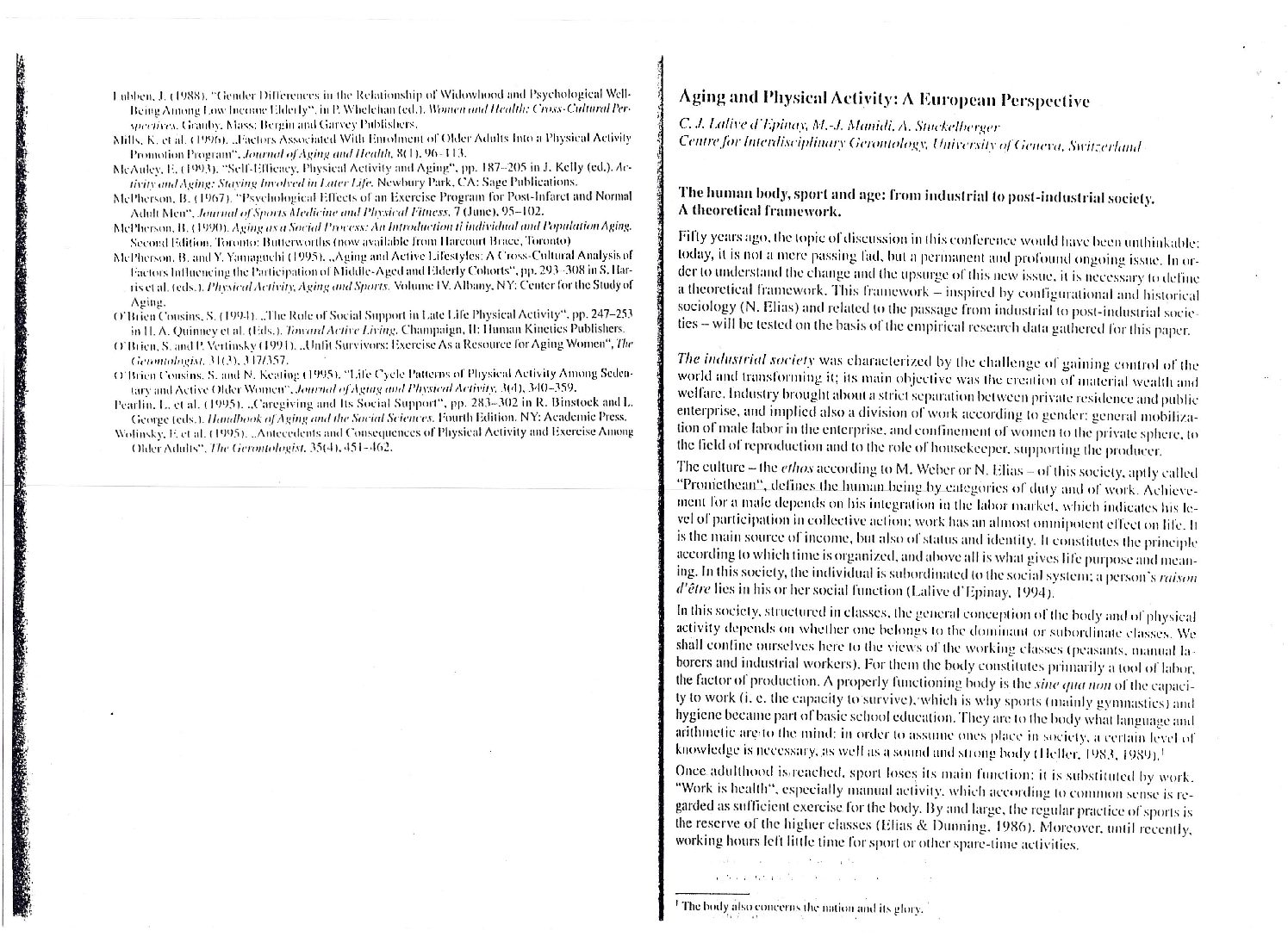-
Showing 1–9 of 21 results
-
Filters
A 1000 Noses…. The Science of Smell – Ebook Version
Original price was: €99.00.€30.00Current price is: €30.00.Among the 5 senses we have, the sense of smell or olfaction1 is the least known and the most underrated of all. Yet the science of smell has much more mysteries and realities to reveal than meets the eye and nose…
An increasing body of scientific literature is unveiling new findings about the “olfactive machinery” and about its influence on a spectrum of human areas such as moods, cognition, performance, health, behaviour, all of which can have far reaching consequences on the future of flavour and fragrance.
For diagnosing, treating physical and mental illnesses, enhancing or doping the mood and performance with a range of potential innovative research, products and new markets for the fragrance industry.
This e‐book will give an overview of what we currently know of smell and olfaction: how smell works, what factors influence its perception, what effects smell has on the many areas of human life. Last but not least, it will analyse what implications those findings can have for the fragrance sector in general with a set of recommendations. Along the review, new research methods and measurements were collected to provide elements of novel study designs of olfaction for fragrance, which merge neuroscience with electro‐physiology parameters and psycho‐behavioural science.
Cutting edge science of smell will be addressed with the following perspectives in mind which will be presented in the last part of this e‐book:
- Implication for research and development
- Changes on the technology used to research and test
- Improvement in communication content, both for staff training and publicity
- Impact on reshaping marketing strategies
- Development of new markets (e.g. B2B)
This e‐book is divided in 3 parts:
- the “Anatomy of Smell”, the components and mechanism of the olfactory system and smell processing
- the “Power of Smell”, from the influencing factors to the impact of smell and its regeneration power
- the “Future of Smell and Fragrance”, an analysis of the implications for the private sector
A Transgenerational Perspective on Peace and on Violence Prevention
€10.00Abstract
Never in the history of mankind have we witnessed a ‘silent revolution’ of such significance for all sectors of society: population ageing, a global phenomenon, is affecting every man, woman and child with direct bearing on the intergenerational and intragenerational equity and solidarity. Two key elements of this transformation: a new architecture of society and an increasing complexity of extended family patterns and relations. Consequently, fundamental issues are brought to the forefront: one of them is to address the role of the older generations and grand-parenthood in our society today, knowing violence within families and in schools call for urgent measures and interventions to guarantee the healthy development of children. Furthermore, in a global context of techno-/eco-lead policy agenda, empowering the family and older generations for the betterment of youth is at the center of stabilizing society, ensuring a humanized development and guaranteeing inner and outer peace and security for all generations. Data shows that the grandparents and the elders play an increasing role in all sectors of society such as providing care to their grand-children, heading households, parenting orphans and volunteering on a number of activities.
Traditionally, ancient cultures recognized the older generations as the source of knowledge and wisdom and referred to them as models for their own lives and future. The Elders were praised as “Transmitters of culture”, as “Guardians of the secrets of life” or as “the Wise” to consult for preventing conflicts and preserving peace in the individual and in society. Today, their role is challenged and tends to be ignored with the mutation of the traditional family, with migration, with the mix of cultures and especially the predominance of an economy and technology value-based society.
In this context, an area, which has not been studied nor given much attention, is the implicit role and ‘unseen impact’ of the elderly on social issues, on belief systems and on behaviors of the younger generations, such as the psycho-social effect of the role model elders play for younger generations. For example:
– at the micro-level: the documented transmission to future generations of patterns of behavior such as violence, abuse, alcoholism, etc. has not been taken into consideration when addressing the violence of youth; other example: the absent or dysfunctional ‘grand-parents’ model in a family could have effects on the
Astrid Stuckelberger (In print New York Academy of Science – Kluwer Edition)— © astrid.stuckelberger@sgg-ssg.ch
1
psychological development of children, similar to becoming ‘grand-orphans’ and thus lacking the possibility to integrate core values of life/death in their own life development, which could lead to disruptive behavior and more violence;
– at the macro-level: the way the collective memory of violence and peace is transmitted to the next generations is a powerful factor of psycho-social transformation : (i) Either by encouraging a spirit of forgiveness and of reconciliation within society (political) or/and within the family (socio-genealogical) and within the self (psychological), (ii) or on the contrary, by increasing the fear, the hatred and the will for revenge of one generation on to another, through daily attitudes, behaviors and words – e.g. through informal education of war and subconscious mechanisms.
This article aims at bringing insights and reflections – based on scientific findings and theories – on peace and violence processes from three different angles: a) interpersonal: between generations, b) intrapersonal: within the individual, and c) transpersonal: the transgenerational process of psycho-social patterns.
After reviewing the issue, the scientific argumentation gives good ground to think that: (a) in order to ensure peace and non-violence, social issues will have to be addressed in such a way as to avoid disruption or conflicts between generations and recognizing the role model responsibility of older generations and even ancestors, and (b) in order to ensure long term peace and non-violence, a culture of peace and conflict management without violence should be constructed in human development and policy development, including a common vision for all generations, a reconciliating process with the past and a sense of responsibility for future generations.
Psychologists have a new and growing role to play in supporting and sustaining internal and external peace and non-violence efforts of the elders and of younger generations, especially situations such as after mass trauma and fear, war, mass destruction and many other effects of world crises.
The 2nd United Nations World Assembly on Ageing held in Madrid in 2002, was an opportunity to address World Peace, the mission of United Nations, linked with intergenerational issues of a worldwide ageing population. It allowed to demonstrate the need to involve the older generation in all efforts of a non-violent and fearless society as (a) Peace-keepers – preventing violent conflicts (b) Peace-promoters at the inner/outer level – empowering future generations for peace, and (b) Peace-makers – using their life learned skills in resolution and management of conflicts. A plan of action for peace was developed and has been adapted here to constitute a proposition of a plan for non-violence in schools from a transgenerational perspective.
AAM RevMedSuisse EtudeTA Swiss09 StuckelbergerA
€10.00There are many variations of passages of Lorem Ipsum available, but the majority have suffered alteration in some form, by injected humour, or randomised words which don’t look even slightly believable. If you are going to use a passage of Lorem Ipsum, you need to be sure there isn’t anything embarrassing hidden in the middle of text.
Anti-Ageing Medicine: Myths and Chances – Version PDF
€30.00The 21st century technological development is revolutionizing medicine and health care, bringing new hopes to human suffering by offering cures and treatments which were unthinkable a few decades ago. This is where anti-ageing medicine finds its niche.
Anti-ageing medicine aims at slowing, arresting, and reversing phenomena associated with ageing by merging biotechnological innovation and engineered solutions. Ideally, by means of the newest medical technology, the ‘body machinery’ should be kept fit and at peak performance all life long. Early detection of age-related dysfunction should thus be ‘fixed’ at any age with interventions such as metabolic fine tuning, enhancement, regeneration, restoration or replacement of ‘body parts’ (i.e. organs, skin, bone or muscle). It covers a vast array of domains: from cell therapy to pharmaceutical interventions, from bio-surgery to aesthetic surgery, from human enhancement to fortified food, from smart housing and robots to toxic-free environments.
Anti-ageing medicine holds promises but also significant risks and safety issues which are addressesd in this book. It presents the latest scientific evidence on what works or does not work. It also provides public policy recommendations to ensure the protection of consumers and their rights while encouraging research and development.
This book is intended for academics, health professionals, business persons, consumers and policy-makers interested in the latest evidence and ethical issues about anti-ageing medicine.
ArtAStuckelberger Polymedication FFF
€10.00There are many variations of passages of Lorem Ipsum available, but the majority have suffered alteration in some form, by injected humour, or randomised words which don’t look even slightly believable. If you are going to use a passage of Lorem Ipsum, you need to be sure there isn’t anything embarrassing hidden in the middle of text.
ASFin Art Transgenerational Violence Springer05
€10.00There are many variations of passages of Lorem Ipsum available, but the majority have suffered alteration in some form, by injected humour, or randomised words which don’t look even slightly believable. If you are going to use a passage of Lorem Ipsum, you need to be sure there isn’t anything embarrassing hidden in the middle of text.
All the Lorem Ipsum generators on the Internet tend to repeat predefined chunks as necessary, making this the first true generator on the Internet. It uses a dictionary of over 200 Latin words, combined with a handful of model sentence structures, to generate Lorem Ipsum which looks reasonable. The generated Lorem Ipsum is therefore always free from repetition, injected humour, or non-characteristic words etc.










